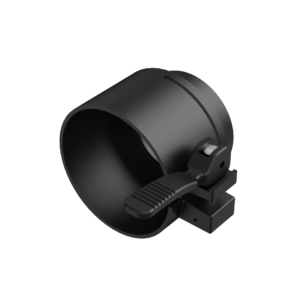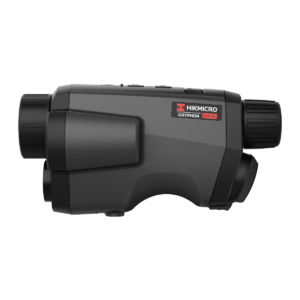How Does Night Vision Systems Function Or Work?

Have you ever observed someone searching for someone else in a dark building on a waxing moon night while holding a pair of spectacles and puzzled about what that equipment was? The answer is the equipment needed to acquire someone in the dark is a set of night vision goggles. It is possible, with the correct night-vision cameras or equipment, to see an individual standing more than 200 yards (183 m) away on a moonless, overcast night.
Technology used in night vision systems
Image enhancement: This operates by gathering the minute quantities of light that are there but may be invisible to a naked human eye, such as the lower infrared light spectrum, and magnifying it to the point where we can clearly see the image.
Thermal imaging: This method is effective because it captures the infrared light that is emitted as heat by objects rather than relying on light reflected by those objects. Warm bodies and other hotter objects release more of this light.
Night vision technology in security cameras
Let’s evaluate the various technologies used by the current night vision security cameras to catch and record in the dark. Different kinds of night vision equipment are now in use and offered on the market. These distinctions are not between generations but rather between technologies, such as digital and analogue. Each of these technologies has found widespread application in the surveillance, hunting, and photography sectors. The majority of security cameras use a digital system since it has an inbuilt chip and sensor. You have the option for a digital zoom increase, much like other cameras. These digital devices are able to perform properly during the day as well as during the night. Additionally, there are two other types of night vision cameras.
Infrared night vision
Infrared night vision is used by security cameras, and it needs infrared light to work. To the naked sight, this infrared (IR) light is absolutely invisible. Consider your present TV remote, which has a red LED on the front and communicates with your television via infrared technology.
Low-light night vision:
In order to produce a colourful night vision image in a very low light environment, low-light night vision relies on image intensification technology (analogue). When light from the environment meets a charged photocathode plate, the image screen will illuminate with an image in the same pattern as the light that reaches the photocathode. This sequence will be at a frequency that the human visual system is able to detect. Electrons are discharged through a vacuum tube, and they strike a microchannel plate in the process.
Most modern security cameras feature a night vision mode that lets them see and capture footage even when it’s completely dark outside. Night vision cameras can function in two very different ways, depending on the technology employed.





